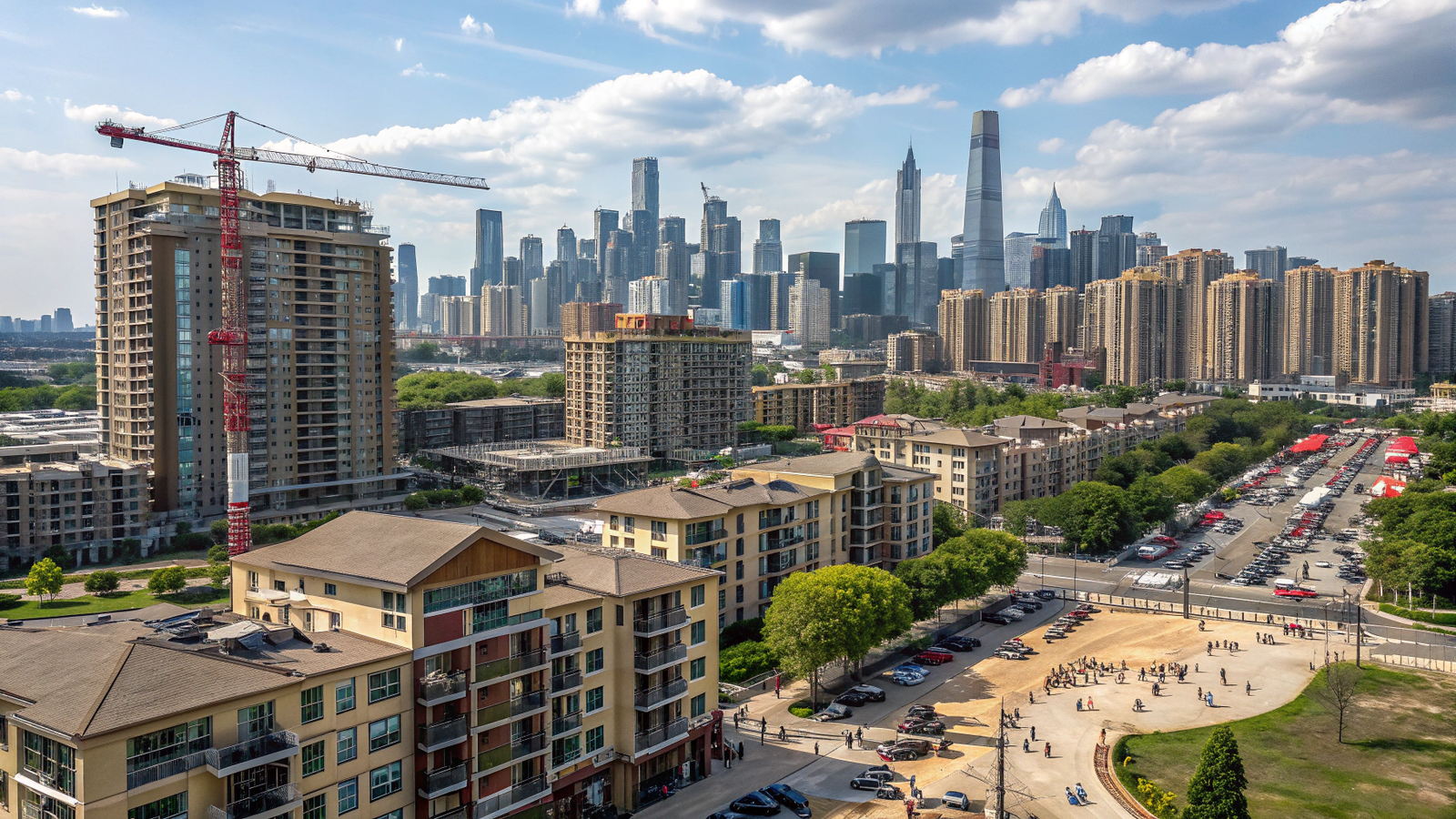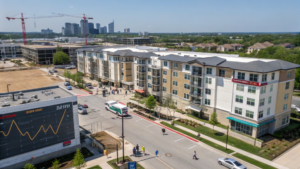I’ve seen plenty of market rebounds, but this one feels different. When multifamily starts rise even as uncertainty lingers, I stop and ask: are we entering a new era of investor resilience—or just seeing a temporary bounce?
Table of Contents
ToggleU.S. Multifamily Market Rebounds in 2025—Here’s Why It Signals a Bigger Shift
According to the latest Yardi Matrix report (June 2025), multifamily construction and absorption rates have picked up steam after a slow 2024. National rent growth turned slightly positive for the first time in nearly a year, while new starts jumped in key Sun Belt metros like Phoenix, Dallas, and Charlotte. Meanwhile, institutional buyers are quietly reentering the space, betting on long-term fundamentals despite persistent inflation and interest rate volatility.
What’s Behind the Multifamily Revival
1. Resilient Demand from Renters
Even in a high-cost economy, people need housing. And when mortgage rates hover near 7%, renting becomes the more practical option. A new RealPage report shows occupancy in stabilized assets is back above 94% nationwide. That signals one thing: renter demand is healthy—even in cities facing affordability pressures.
2. Capital Is Coming Off the Sidelines
After a freeze in mid-2024, institutional investors are circling back. Why? Stabilized assets now offer better cap rates than many office or retail options. Think of it this way: if multifamily was a paused Netflix show during rate hikes, it’s now hitting “play”—but this time with smarter underwriting and tighter deal scrutiny.
3. Sun Belt Still Has Its Magnetism
Markets like Austin, Raleigh, and Tampa are benefiting from population inflows and job growth. Developers are responding—selectively. Starts in these metros rose 12–18% in Q1 2025 alone, per CoStar. That doesn’t mean a full-on boom is coming—but it does suggest confidence in regional resilience.
4. Adaptive Developers Are Finding New Angles
Not every multifamily project today is luxury high-rise. Many developers are pivoting to mid-market or build-to-rent (BTR) formats that meet evolving renter needs. As someone who tracks product segmentation closely, I can say: BTR is no longer a trend—it’s a category.
What Should You Do If You’re Watching the Multifamily Space?
For Investors:
- Start underwriting now. Cap rates have stabilized in many markets, and deal volume is creeping back. If you were priced out in 2021–22, this may be your re-entry point.
- Watch secondary markets. Big cities may grab headlines, but the strongest fundamentals may come from places like Boise, Huntsville, or Tulsa.
For Developers:
- Get lean and local. Focus on infill sites, workforce housing, or adaptable unit layouts. Flexibility beats flash in 2025.
- Lock in financing early. Construction lending isn’t back to 2021 standards. Relationships with local banks are gold right now.
For Renters or Buyers:
- Expect more choice—eventually. Deliveries lag starts, so you may not feel the supply bump until late 2025 or 2026.
- Track incentives. Many new developments are offering rent discounts or free months. If you’re mobile, now’s the time to negotiate
Micro Q&A:
What is “Build-to-Rent” (BTR) and why is it growing?
Build-to-Rent refers to entire communities of single-family homes constructed specifically for rental, not for sale. It’s popular with both renters who want space and investors who seek stable, scalable income.
It’s Not About the Bounce—It’s About the Pivot
This isn’t just a “rebound” in the typical sense. What we’re seeing is a strategic pivot—from overleveraged growth to pragmatic positioning. That’s why the smart money is watching construction trends and tenant preferences with equal focus.
Want to move faster in this market?
Modern proptech platforms and AI-assisted underwriting tools are streamlining everything from site selection to rent optimization. That kind of tech-enabled agility may be the edge in 2025.
Reader Q&A:
Is this a good time to buy a multifamily asset?
If you have a long-term horizon and conservative leverage, yes—especially in stable or growing metros
Will rents keep rising?
Gradually, yes—but don’t expect double-digit gains. Think slow and steady, especially in markets with new supply.
What risks should I still watch for?
Construction delays, insurance costs, and shifting renter preferences (like remote work’s impact) are still real variables.


